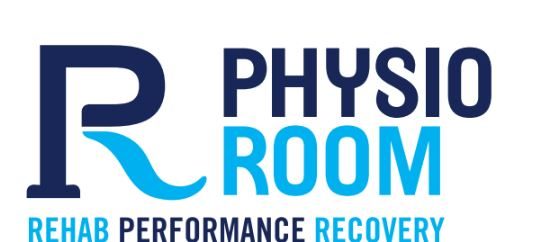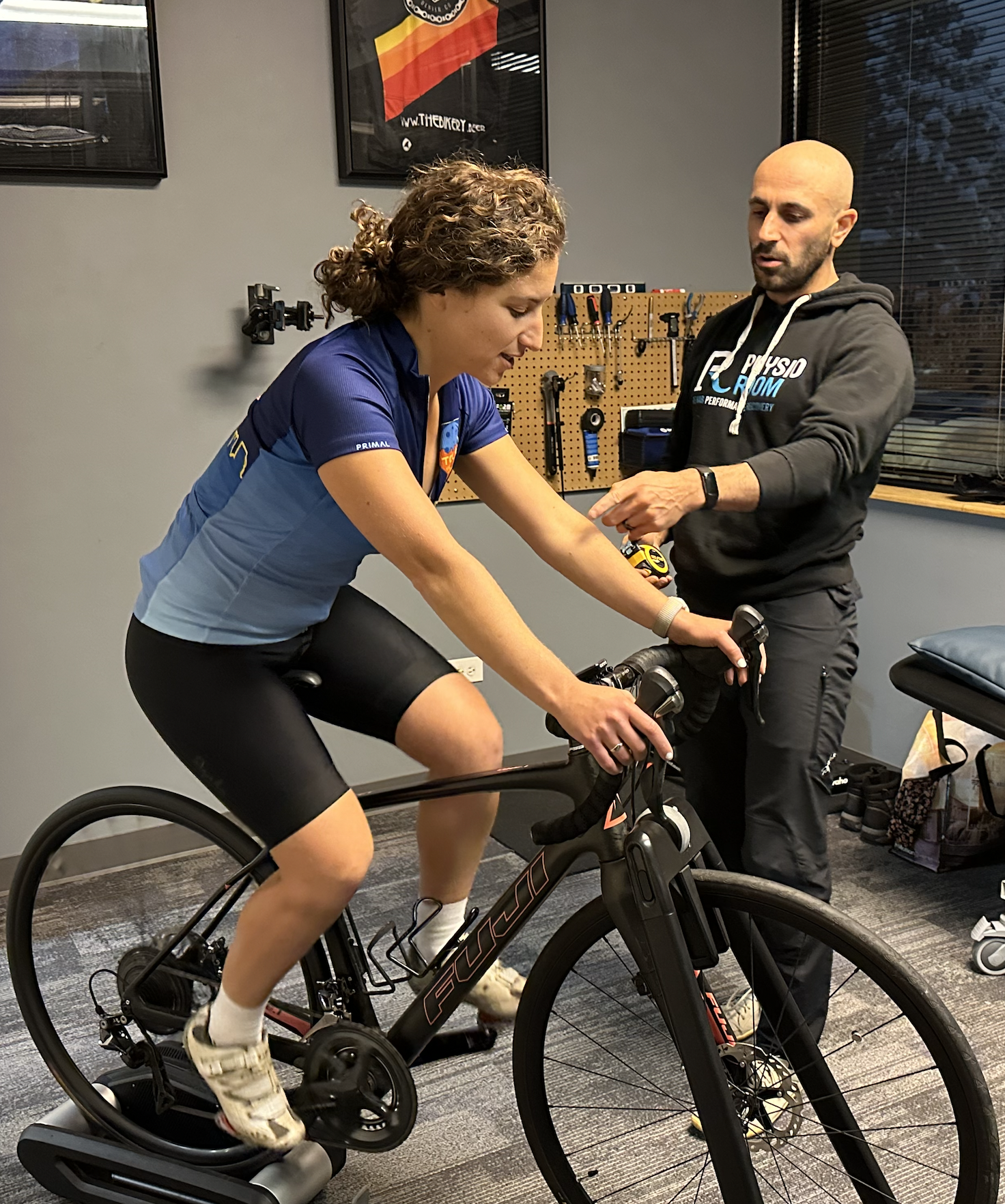Train Smart, Run Healthy: Understanding Training Errors
In today’s post we are going to talk about training errors. Training errors generally involve improper progression of the volume or intensity of one’s training. One of the most common causes of injury is simply doing too much, too soon. In general, the less experienced or conditioned you are the slower the process should be to ramp into training. However, having experience or being in shape doesn’t mean you can skip the process altogether.
Follow the 10% Rule
If you have taken long periods off from running, your running volume should be built back up slowly over time. General recommendations are to follow the “10% Rule” or to increase your mileage approximately 10% per week over time. There is evidence to suggest that trained runners can advance a little quicker than that, though injury rates increase dramatically as the percentage of volume nears or exceeds 30% week over week.
This is extremely important when it comes to reducing the risk of sustaining an injury, and one of the first questions we ask our clients. Generally, our cardiovascular fitness improves more quickly than the body tissues can keep up with, which makes it challenging to hold ourselves back. The primary reason to progress gradually over time is to allow the tissues to adapt and build our structural integrity. This means our muscles, joints, bones, tendons, ligaments, etc.
What are the 7 most common running-related injuries?
Develop a Complete Training Routine
Another important aspect that falls under training errors would be an incomplete training routine. We often see runners who are missing a proper warm-up, cool-down, and strength training program. We all struggle with not having enough time to do all of the things we want throughout the day or the week; though these three things should not be skipped.
While strength training builds tolerance in our tissues to the rigors of running, warm-ups are pivotal to priming the body for the movement and strain you’re about to endure. Cool-downs on the other hand normalize tissue function through movement while reducing heart and respiratory rate. If you’re unsure how to execute a warm-up, click here for an example of a quick, yet effective running warm-up routine.
Recovery
Last but not least, we will touch on the importance of recovery. When we are training hard we have to provide the body with adequate time to rest and recover to reap the benefits of our training. Building active recovery days into our schedule is an important concept.
In high level running it is not uncommon to see training schedules that involve running all seven days of the week. For most people, we do not recommend this, but rather scale the frequency back to 5-6 days at most in order to reduce injury risk. That doesn’t mean you should do nothing on those other days of the week. Continuing to be active, work on mobility drills, or resistance training would be good uses of your time when you are not running. Even when you are training consecutive days throughout the week, each training session should not be extremely taxing. One of the sure fire ways to increase your risk of an injury is by trying to make every run intense. Variety in training is important to allow you to continue training for a lifetime.
Rethinking Running Injuries – 4 Causes You Should Be Aware Of
-Dr. Andrew





No responses yet